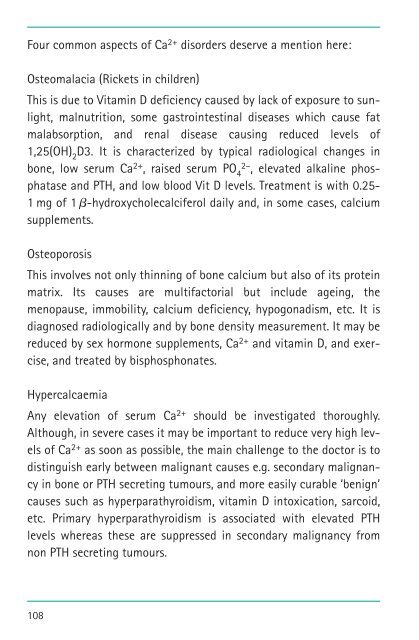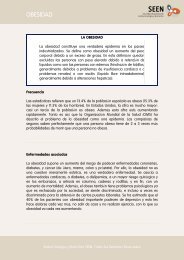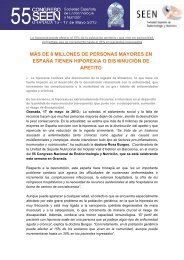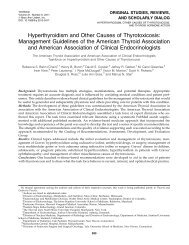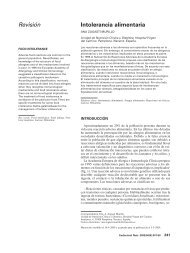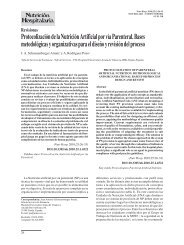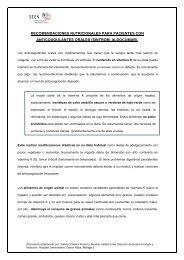Basic Concepts of Fluid and Electrolyte Therapy
Basic Concepts of Fluid and Electrolyte Therapy
Basic Concepts of Fluid and Electrolyte Therapy
You also want an ePaper? Increase the reach of your titles
YUMPU automatically turns print PDFs into web optimized ePapers that Google loves.
Four common aspects <strong>of</strong> Ca 2+ disorders deserve a mention here:<br />
Osteomalacia (Rickets in children)<br />
This is due to Vitamin D deficiency caused by lack <strong>of</strong> exposure to sunlight,<br />
malnutrition, some gastrointestinal diseases which cause fat<br />
malabsorption, <strong>and</strong> renal disease causing reduced levels <strong>of</strong><br />
1,25(OH) 2<br />
D3. It is characterized by typical radiological changes in<br />
bone, low serum Ca 2+ , raised serum PO<br />
2–<br />
4<br />
, elevated alkaline phosphatase<br />
<strong>and</strong> PTH, <strong>and</strong> low blood Vit D levels. Treatment is with 0.25-<br />
1 mg <strong>of</strong> 1 -hydroxycholecalciferol daily <strong>and</strong>, in some cases, calcium<br />
supplements.<br />
Osteoporosis<br />
This involves not only thinning <strong>of</strong> bone calcium but also <strong>of</strong> its protein<br />
matrix. Its causes are multifactorial but include ageing, the<br />
menopause, immobility, calcium deficiency, hypogonadism, etc. It is<br />
diagnosed radiologically <strong>and</strong> by bone density measurement. It may be<br />
reduced by sex hormone supplements, Ca 2+ <strong>and</strong> vitamin D, <strong>and</strong> exercise,<br />
<strong>and</strong> treated by bisphosphonates.<br />
Hypercalcaemia<br />
Any elevation <strong>of</strong> serum Ca 2+ should be investigated thoroughly.<br />
Although, in severe cases it may be important to reduce very high levels<br />
<strong>of</strong> Ca 2+ as soon as possible, the main challenge to the doctor is to<br />
distinguish early between malignant causes e.g. secondary malignancy<br />
in bone or PTH secreting tumours, <strong>and</strong> more easily curable ‘benign’<br />
causes such as hyperparathyroidism, vitamin D intoxication, sarcoid,<br />
etc. Primary hyperparathyroidism is associated with elevated PTH<br />
levels whereas these are suppressed in secondary malignancy from<br />
non PTH secreting tumours.<br />
108


